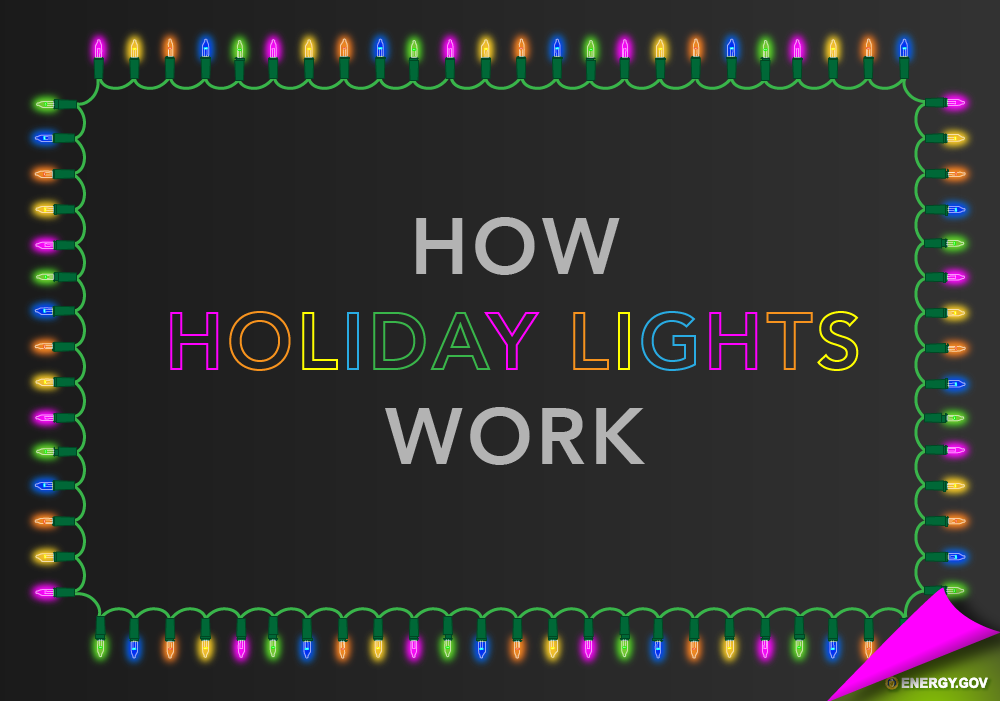I can't see the video. But I posted a thread on troubleshooting a few years previously:
'Tis the season...the season, that is, where I get the joy of putting up a ton of decorations which makes my wife happy. However, because Christmas decorations ALWAYS grow from one year to the next, "happy" does not necessarily describe how I feel about fixing and maintaining them. This...

carolinafirearmsforum.com
Anyway, I know I'm a season late on this, but there we are!
The light strands you're talking about have bulbs with "shunts" built into them. That's a fancy way of saying "when a light bulb burns out, the shunt will bypass current around the bulb to keep the rest of them lit up".
Except, of course, when the shunt doesn't work on one of the blown bulbs.
ENGINEERING TIP:
The shunt may have a slightly lower resistance than the bulb. If you look closely at a bulb that has a shunt in it, you can see it as a tiny bit of wire wrapped around the electrodes in the base of the bulb, below the filiment. That wire is lightly insulated so that it will not conduce. When the filiment burns out, more current passes through the shunt which causes it to heat up and burn the insulation off. The shunt then shorts between the electrodes, allowing the bulb to continue carrying current and keep the rest of the lights on.
BUT...since the shunt may have a lower resistance then the filament in a good bulb, a blown bulb may cause the light strand to draw more current. This can result in shorter life for the rest of the bulbs. If several lights blow, this could result in enough current to literally blow all the remaining lights in the strand.
SO...when you notice a blown light on a strand, replace it right then. Don't wait.
SOMETIMES when a bulb blows, the shunt doesn't work. Then the strand, of course, goes dark.
See the link below for an excellent description, electrically and visually, on how all these lights work:
Ever wonder how holiday lights work? Tis the season to learn the ins and outs of our twinkling little friends, and how to fix them!

www.energy.gov
HOW TO TROUBLESHOOT:
There is a method to the madness.
First of all, it's sometimes possible to mechanically agitate the light strand and get a faulty shunt to work...this will result in the rest of the good bulbs lighting up. So wiggle the strand and/or start flicking the bulbs with a finger to see if this does the job. If it does, IMMEDIATELY start replacing all the blown bulbs until the entire strand is working.
FI THIS DOESN'T WORK...you've got a few ways of going here:
1. Visually inspect the light strand for obvious problems. These may be loose bulbs, broken bulbs, or damage to the wiring. Fix anything you find and if things start working, immediately replace all blown bulbs.
2. The hard way: Start replacing all the bulbs, one at a time, until the lights start working. Then replace any remaining blown bulbs.
3. Get yourself a LightKeeper Pro. They're about $20 and you can find them nearly anywhere that sells Christmas lights, Amazon, and various online sites. There are two types: the red one, for incandescent lights, and the yellow one for LED lights. I've got both, but I haven't used the LED one yet so I can't attest to how it works or how well it does the job.
The red LightKeeper Pro has a really cool feature which can cut your troubleshooting of light strands down by a LOT. Let's say you have a light strand that won't light up at all. Here's how to go about using it:
1. First, of course, make sure you have power to the light strand, including good fuses in the light strand.
2. Start at one end of the strand and pull a light out. Test the light using the LightKeeper Pro by sticking it into the socket on it and seeing if the batteries in it light the bulb up.
3. Before replacing the bulb in the light strand, and with the light strand plugged in to a good power cord, firmly stick the empty socket into the socket connector on the LightKeeper Pro and pull the trigger on the LightKeeper Pro several times while watching the rest of the lights on the strand. What this does every time you pull the trigger is send a voltage spike down the strand generated by piezoelectric effect every time you pull the trigger. SOMETIMES this will cause a bad shunt in a blown bulb to start working again. If it does, the rest of the strand will light up. At this point, reinstall a good bulb in the empty socket and then start replacing all the blown bulbs until the whole strand is working.
If this doesn't work, then reinstall a known good bulb into the empty socket and move on to the next light in the strand and repeat....pull the bulb, test it/replace a bad bulb in the base with a good one if necessary, use the LightKeeper Pro to see if you can activate any bad shunts, install good bulb, repeat.
You can also use a power sensing feature of the LightKeeper Pro to see where along the strand the power stops (at a blown bulb). On a light strand that hasn't been put up yet, this is pretty nice. Might be a bit more difficult to use this feature on lighted displays, however.
Here's a YouTube video on this:


